
|
|
|
| synonym |
|
| description |
A large reddish-brown species, with adults 9.0-10.0 mm long. The entire body and wings have a dense reticulated mesh-like dark brown pattern, extending onto the face. The vertex is bluntly angled and has a tan to white tip, in front of a conspicuous, irregular and broken transverse dark brown to fuscous band between the eyes; there are typically two fuscous spots in front of the band on the vertex. The anterior portion of the pronotum has dark vermiculate markings, and the wings are heavily mottled with chestnut-brown. The female pregenital sternite is two to three times as wide as long and has a narrow but deep medial incision, extending about halfway to the anterior margin; the posterior sides of the notch end in a somewhat sharp tooth, with the lateral posterior angles of the sternite broadly rounded. The lateral margins of the pregenital sternite are also almost parallel. The pregenital sternite is mostly a light brown to tan color, with some darker mottling near the notch. The male subgenital plates are close to one another, without a noticeably gap between them; together, they are triangular in shape and are long and narrow with broad, blunt and rounded apices. (DeLong & Hershberger, 1948; Crowder 1952)
For diagrams of this species, see: Dmitriev. For more images of individuals that have been identified as this species, see: BG. |
| distribution |
Primarily eastern and central United States |
| abundance |
Recorded from a couple counties in the Piedmont and Coastal Plain; likely more abundant in the right habitat. |
| seasonal_occurrence | |
| habitat |
Open woodlands |
| plant associates |
Herbaceous plants |
| behavior |
Can be attracted at night with a light. |
| comments |
The three species of Texananus in the subgenus Iowanus that have been recorded in North Carolina are: caducus, longipennis, and majestus. These three species all visually resemble one another and therefore specimens in this subgenus can only conclusively be identified to species with a very clear, unobstructed view of the underside; the female pregenital sternite is quite distinctive among these three species, the male plates less so. In T. majestus, the subgenital plates tend to be proportionately longer than in the other two species; they appear elongated. |
status |
[Native:]
[Introduced:]
[Extirpated:] | | list_type |
[Official:]
[Provisional:] |
| adult_id | Unmistakable and widely known Identifiable from good quality photos of unworn specimens
Identifiable from photos showing undersides, or other specialized views [e.g., legs, face]
Identifiable only by close inspection of structural features or by DNA analysis NULL |
| nymph_id | Unmistakable and widely known Identifiable from good quality photos, especially where associated with known host plants
Identifiable from close inspection of specimens or by DNA analysis
Identifiable only through rearing to adulthood NULL |
| G_rank |
|
| S_rank |
|
| rank_comments |
|
| tribe |
Phlepsiini |
| subgenus |
Iowanus |
Species Photo Gallery for Texananus majestus No Common Name |
 | Photo by: Kyle Kittelberger
Out Of State Co.
Comment: male; NCSU specimen |  | Photo by: Kyle Kittelberger
Out Of State Co.
Comment: male; NCSU specimen |
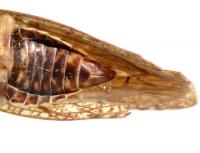 | Photo by: Kyle Kittelberger
Out Of State Co.
Comment: male; NCSU specimen |  | Photo by: Kyle Kittelberger
Out Of State Co.
Comment: female; NCSU specimen |
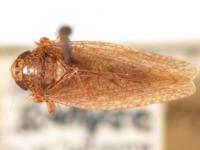 | Photo by: Kyle Kittelberger
Out Of State Co.
Comment: female; NCSU specimen | 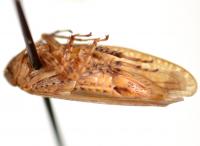 | Photo by: Kyle Kittelberger
Out Of State Co.
Comment: female; NCSU specimen |
|

 »
»
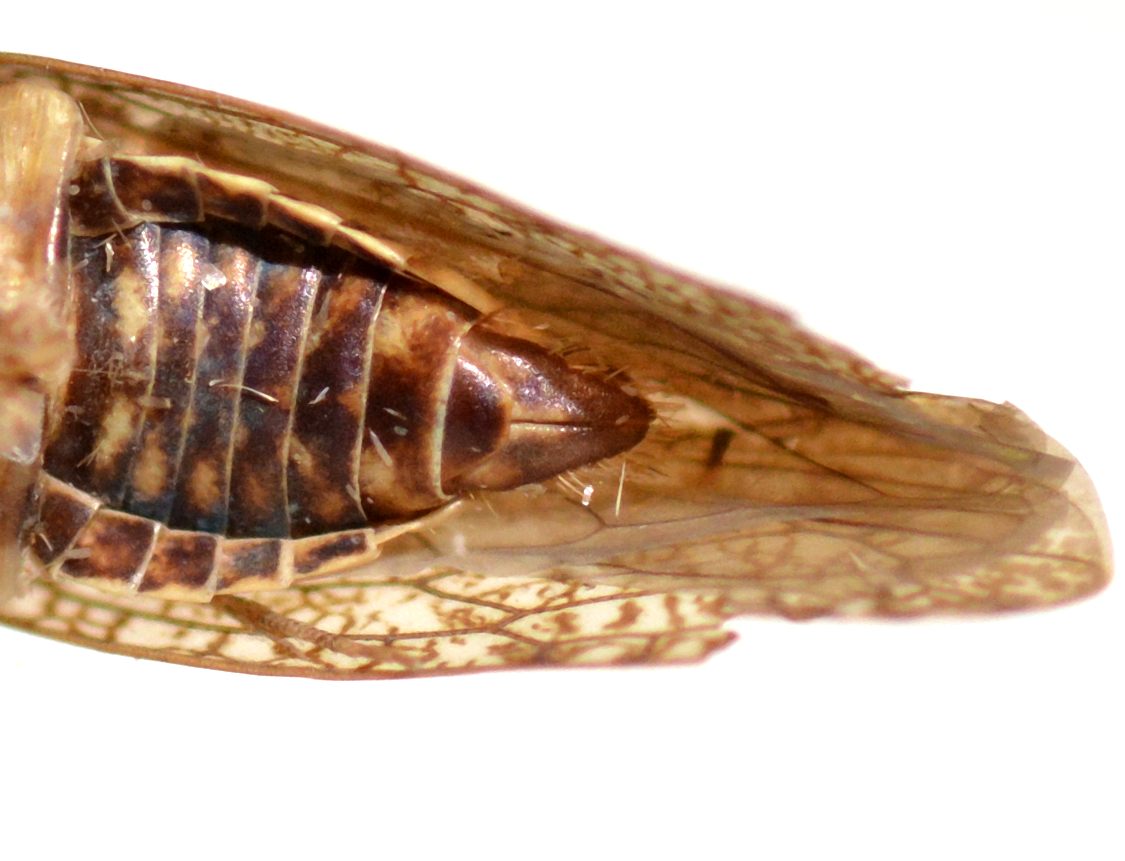
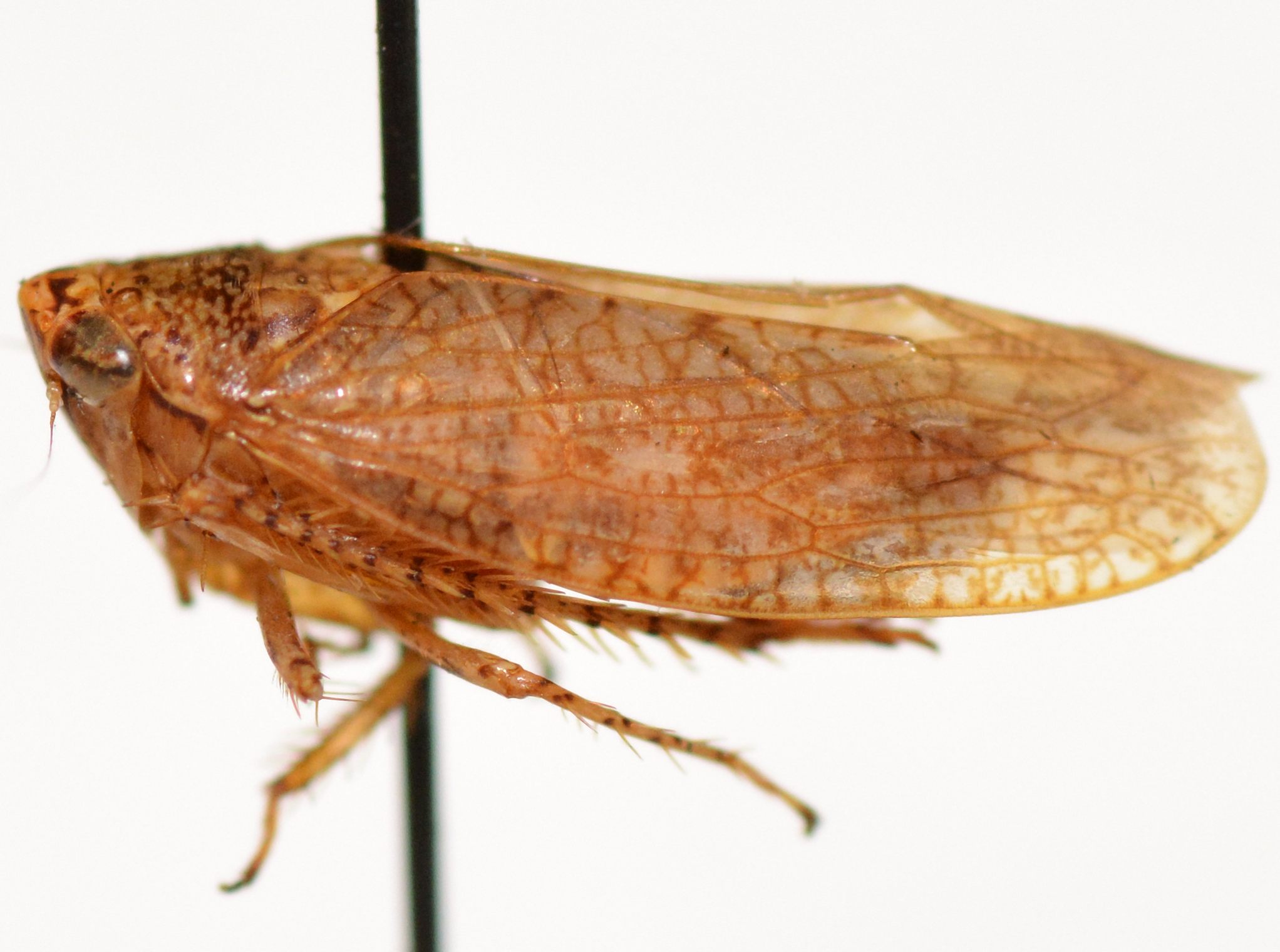
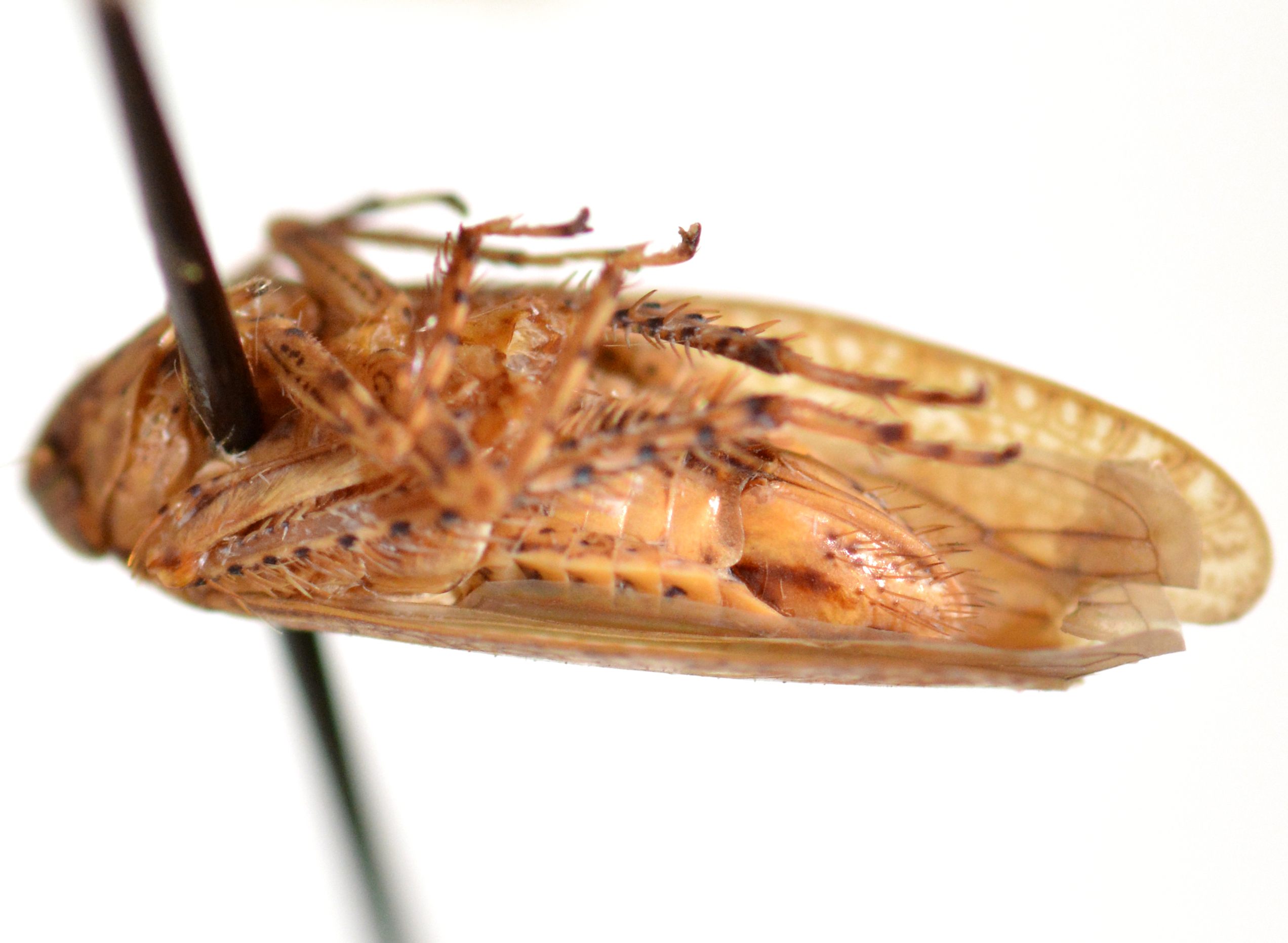

 »
»


